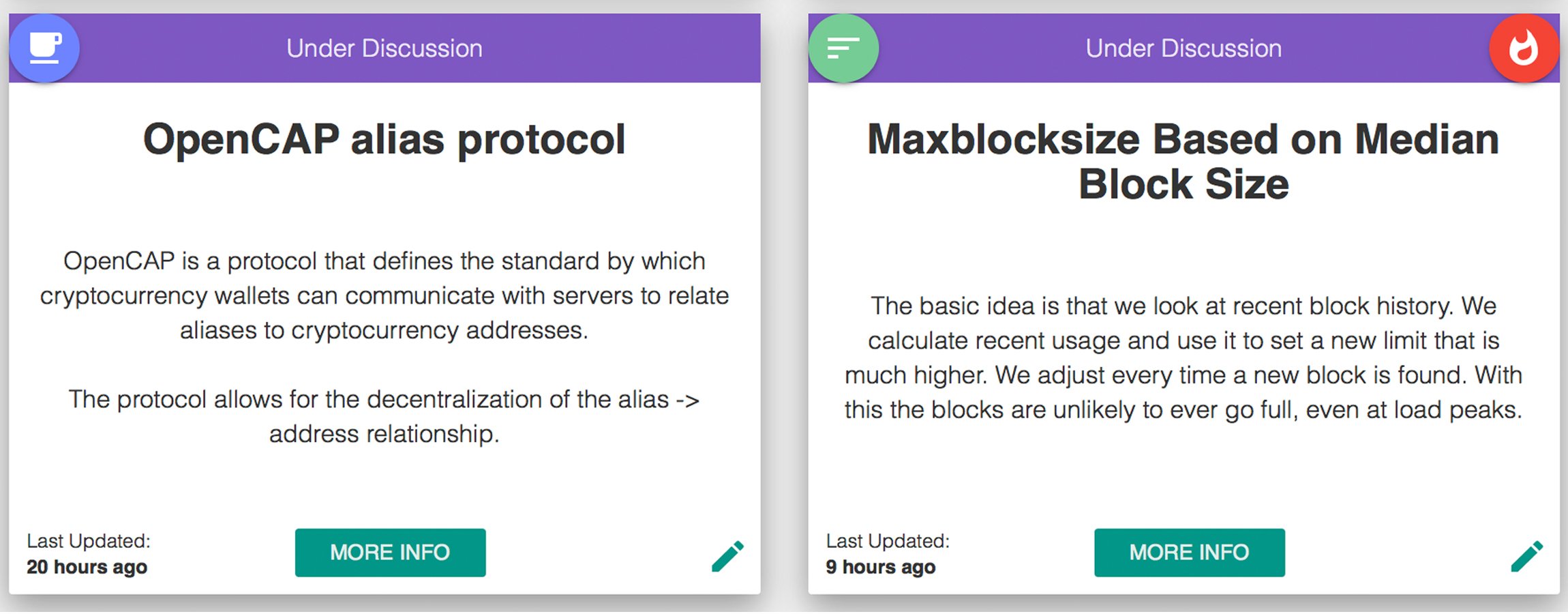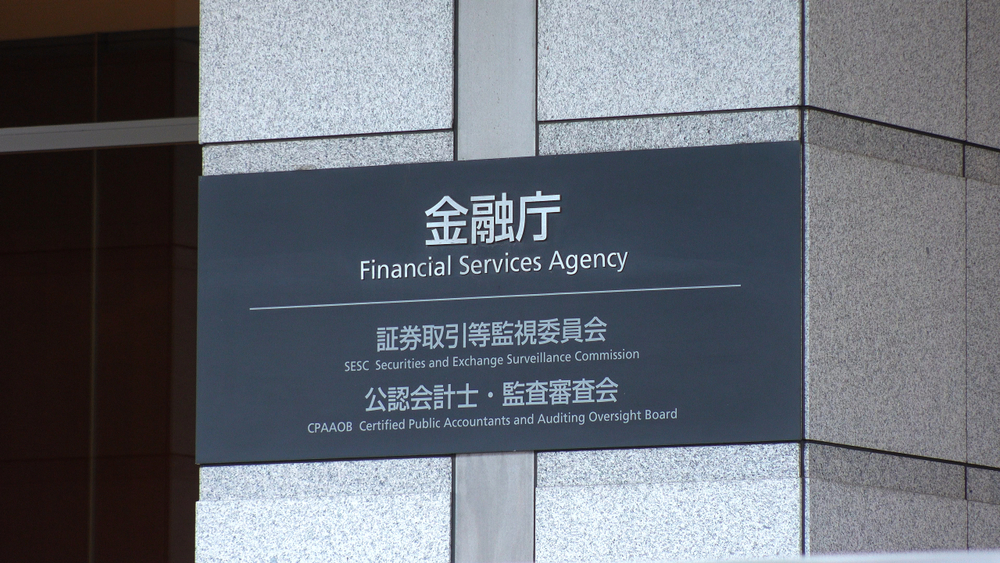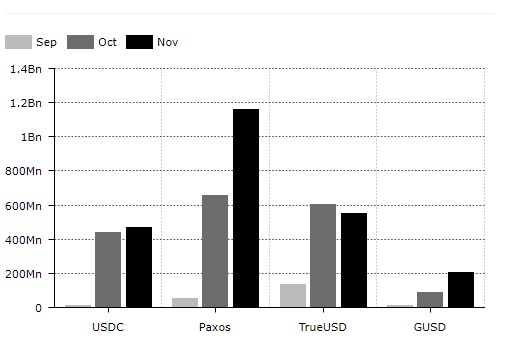
The Satoshi Revolution: A Revolution of Rising Expectations
Section 5: Saving the World Through Anarchism
Chapter 11, Part 9
From Drugs to Gold and Prostitution, the Blockchain Minimizes Violence
The most obvious objection to relying on self-defense…and restitution to prevent and rectify rights violations, is that these measures will be inadequate to deter criminals…Most people fail to appreciate the fundamental obstacles placed in the path of crime prevention by the perverse logic of public property, public law enforcement, and public imprisonment. Step one: start with public streets, sidewalks, and parks where every citizen must be permitted unless proved guilty of a crime. Step two: rely on an inherently inefficient public bureaucracy to catch, prosecute, and try those criminals against whom enough evidence of guilt exists. Step three: should they be convicted, subject criminals to the dangerous, unproductive, and sometimes uncontrollable setting of public prisons to prevent them from engaging in further misconduct. Step four: periodically release most prisoners back into the community and then return to step one and repeat the cycle.
–Randy Barnett, The Structure of Liberty: Justice and the Rule of Law
The state manufactures criminals. Then it centralizes and monopolizes a solution to the problem of crime, for which it is largely responsible. Put aside the manufacture of false criminals–that is, peaceful people who are considered to be immoral or unpatriotic or otherwise living their lives in an unacceptable way. The state factory also creates real career criminals—people who habitually initiate or threaten violence for profit. (For a discussion of fraud, please see the immediately previous articles.)
Today’s perverted system of law and justice deliberately produces two types of real criminals. The first and largest group consists of state-sanctified ones who use the veil of legitimacy to plunder the wealth and to control the actions of ordinary people. These are politicians, bureacrats, and other agents of the state, including crony corporations. They are “men of the system.” When the veil of legitimacy falls away and people refuse to obey, the state initiates or threatens open force against them. In this way, violence is legalized and institutionalized across society. The state functions according to a parallel and different standard of morality; society is expected to accept a double standard by which state agents can commit official violence that would be unacceptable if committed by ordinary people.
The second group of criminals manufactured by the state system consists of unsanctified or street thugs. They pursue profit in the same manner as the state—the initiation or threat of force—but they do so without the veil of legitimacy or hypocrisy. The brutalization of innocent people for profit is not accompanied by lies.
The state manufactures street criminals, for at least three reasons.
As long as people believe the state is the thin line between their safety and rampaging savages, then people will accept the comparatively-civilized violence of the state. They will render obedience.
The state also profits from the confiscation of the criminals’s wealth, through mechanisms such as civil asset forfeiture, and of their labor in prison factories.
The state is able to monopolize and industrialize yet another human need—the need for safety and justice. There is the legislative industry, the regulatory bureaucracies, the police industry, the court system, and the prison industry. This industries are immensely profitable. The payoff comes not merely from the exploitation of people who are processed through the machine but also from taxpayers who pay for the facilities, wages and pensions to men of the system.
If a villainous mastermind had deliberately designed a system to create career criminals of both sorts—the sanctified and the not–it would be difficult to imagine an operation that is better suited to the task than the trusted third party institutions of the state.
The law-and-justice industries are mirror images of the financial ones against which Satoshi Nakamoto struck a telling blow. The central banking system wears a fabricated mantle of legitimacy, and it declares “I am necessary!” even as it confiscates and regulates private wealth. The banks claim to be the thin line against economic barbarism, crime, and chaos. Crypto exposes that lie. The banks are the barbarians at the gate, just the current distortion of law and justice are the real criminals at the doorstep.
It is difficult to believe that any system could be worse.
Decentralizing Law and Justice
No collection of Mafia or private bank robbers can begin to compare with all the Hiroshimas, Dresdens…and their analogues through the history of mankind. [I]t is illegitimate to compare the merits of anarchism and statism by starting with the present system as the implicit given and then critically examining only the anarchist alternative. What we must do is to begin at the zero point and then critically examine both suggested alternatives.
–Murray Rothbard, “Society Without a State”
Ground zero of any system is human nature.
Human beings are incredibly diverse and driven by free will. Every choice possible to human beings will be pursued by someone. The vast majority of those in society will deal with each other peacefully and exchanges that represent mutual advantage. But violence is an active alternative, and it will be chosen to some degree by some people, whether or not a state exists.
The goal of crypto anarchism with regard to violence is twofold: first, to minimize its occurrence; and, second, to make the cost of violence fall upon those who make that choice.
Minimizing violence is built into the blockchain. It is not merely that the blockchain epitomizes a society by contract without the corrupting influence of a trusted third party. It is also due to features such as pseudonymity and transparency.
Consider drug dealing. In an anarchist society, it would be legal to sell anything that did not violate a person’s body or property, whether or not the good is viewed as moral by others. Bitcoin.com contributor Sterlin Lujan observed, “Those are personal choices that apply to an individual’s own body and mind. Anyone who tries to control a person’s drive to have sex or use drugs is essentially a tyrant trying to subdue another person. It is not the moral high ground to harm someone if they are merely pursuing their own version of happiness. This is referred to as individual sovereignty, and it is important.”
But high-priced and portable items, like drugs or gold, would remain especially vulnerable to violent theft. One of the most demonized aspects of the crypto community offers a partial solution. Darknet markets have prevented violence. By providing a means through which people can buy drugs and other high-value items with a diminished risk of violence. For one thing, competing drug-dealers hock their wares without killing each other over whose territory a street corner represents. Under anarchism, darknet markets would be accessible through searches on popular browsers, and drugs would be treated like any other commodity. But such high-value commodities would have a filter against violence, especially commodities that might well attract “immoral” or erratic people.
The privacy of the blockchain also offers protection, while providing the value of a transparent exchange. Who wants others to know that they own a fortune in gold and silver—a fortune for the taking? Eliminating the middle man—the trusted third party—eliminates risk factors. Precious metals can be ordered with comparative anonymity and then stored as though they did not exist. The blockchain, or technology in general, does not change what people want from the world: the pleasure of drugs or the safety of gold will still be sought. But technology reduces the risk of violence attached to satisfying such wants.
In her article “A Hundred Years of Crypto Anarchy,” Elaine Ou commented, “When Tim May wrote The Crypto Anarchist Manifesto, it wasn’t a call to action or instigation of sorts. It was simply an observation. We now have the technology to create and enforce our own rules, and this knowledge cannot be stopped. We can either rail against the inevitable, or use these tools to build the world we want.” The building block of personal safety is anonymity with transparency. “Public Key cryptography isn’t just for encrypting private messages,” Ou explained, “It also provides proof that the sender is who they say they are. When buyers and sellers conduct transactions, they sign messages with their private keys. The signatures become digital identifiers.” If this seems trivial in preventing violence, skeptics should talk to sex workers who can verify the crypto-identities of “safe” and reliable clients and then share those identities through an online database. Sex workers are among the most vulnerable people in any society to violence because of the privacy and intimacy of the exchange. An often overlooked role of a pimp is to ensure the safety of sex workers by screening customers. In short, pimps are trusted third parties to the exchange; like every trusted third party, they are often more abusive than not. Pimps also take a substantial part of all earnings. Cryptography can change that dynamic to benefit sex workers.
The foregoing examples merely hint at how crypto anarchism could revolutionize for the better some areas of human exchange that are most prone to violence. In each diverse case, the risk is minimized in the same manner: control is decentralized into the hands of the direct participants. And self-control is the antithesis of enduring violence. Self-control is almost a definition of living in peace.
The other aspect of how crypto anarchism addresses violence is to make the cost of that choice fall upon those who make it.
[To be continued next week.]
Reprints of this article should credit bitcoin.com and include a link back to the original links to all previous chapters
Wendy McElroy has agreed to ”live-publish” her new book The Satoshi Revolution exclusively with Bitcoin.com. Every Saturday you’ll find another installment in a series of posts planned to conclude after about 18 months. Altogether they’ll make up her new book ”The Satoshi Revolution”. Read it here first.
The post Wendy McElroy: From Drugs to Gold and Prostitution, the Blockchain Minimizes Violence appeared first on Bitcoin News.
from Bitcoin News https://ift.tt/2ElgP4h Wendy McElroy: From Drugs to Gold and Prostitution, the Blockchain Minimizes Violence

 Mark Lundeberg has revealed a new project he’s been working on and has published the software’s open source framework. According to the developer, the Openswap protocol is a clone of the Electron Cash light client but also offers a few different features. The Openswap software has an atomic swap platform, onchain private messaging (BCH messages that use encrypted OP_RETURN payloads), and also includes BTC wallet support. Lundeberg’s first iteration which he plans on releasing soon will contain a basic walkthrough of the atomic swap process and the ability to trade BCH for BTC or vice-versa. The onchain messaging can be used for negotiation purposes explained Lundeberg in his announcement.
Mark Lundeberg has revealed a new project he’s been working on and has published the software’s open source framework. According to the developer, the Openswap protocol is a clone of the Electron Cash light client but also offers a few different features. The Openswap software has an atomic swap platform, onchain private messaging (BCH messages that use encrypted OP_RETURN payloads), and also includes BTC wallet support. Lundeberg’s first iteration which he plans on releasing soon will contain a basic walkthrough of the atomic swap process and the ability to trade BCH for BTC or vice-versa. The onchain messaging can be used for negotiation purposes explained Lundeberg in his announcement.  In order to use Openswap, the user simply opens the ‘addresses’ tab and right clicks to choose the ‘Openswap’ command. The protocol’s documentation explains at this point the user is able to view private messages they have sent and received in the past. Moreover, this area allows Openswap users to make offers and initiate the atomic swap process. The virtual order book resides on the BCH chain and with enough liquidity, the application could bring forth a BCH-based decentralized exchange (DEX). Even though the program is in its infancy, in theory it could be used by any type of cryptocurrency trading platform.
In order to use Openswap, the user simply opens the ‘addresses’ tab and right clicks to choose the ‘Openswap’ command. The protocol’s documentation explains at this point the user is able to view private messages they have sent and received in the past. Moreover, this area allows Openswap users to make offers and initiate the atomic swap process. The virtual order book resides on the BCH chain and with enough liquidity, the application could bring forth a BCH-based decentralized exchange (DEX). Even though the program is in its infancy, in theory it could be used by any type of cryptocurrency trading platform. 








 The position of Blockchain Developer has topped Linkedin’s 2018
The position of Blockchain Developer has topped Linkedin’s 2018  Glassdoor estimated there to be 1,775 blockchain-related positions to be open in the United States during August of this year, which the company estimates to comprise a 300 percent increase over the 446 blockchain-related jobs available during August 2017.
Glassdoor estimated there to be 1,775 blockchain-related positions to be open in the United States during August of this year, which the company estimates to comprise a 300 percent increase over the 446 blockchain-related jobs available during August 2017.


 In 2017, Coinbase generated $923 million in revenue and $380 million in profit. In 2018, the San Fransisco-based exchange is projected to bring in a total of $1.3 billion in revenue and $456 million in profits, according to a recent
In 2017, Coinbase generated $923 million in revenue and $380 million in profit. In 2018, the San Fransisco-based exchange is projected to bring in a total of $1.3 billion in revenue and $456 million in profits, according to a recent 



 Russia’s Justice Ministry has once again confirmed the property status of digital currencies. According to an official statement, “cryptocurrency can be classified as an object of civil rights and be subject to obligations.” The document has been issued by the ministry in response to a request for a legal interpretation of the term and reaffirms a previously declared stance.
Russia’s Justice Ministry has once again confirmed the property status of digital currencies. According to an official statement, “cryptocurrency can be classified as an object of civil rights and be subject to obligations.” The document has been issued by the ministry in response to a request for a legal interpretation of the term and reaffirms a previously declared stance.


 In a letter written by Dan Morehead and Joey Krug, Pantera’s co-chief investment officers
In a letter written by Dan Morehead and Joey Krug, Pantera’s co-chief investment officers  Paragon Coin, an ICO that received backing from Pantera, was fined $250,000 by the SEC on Nov. 16 for having failed to register its token sale with the agency. The company is also required to compensate investors who sold the tokens at a loss, in addition to those who are still holding Paragon Coin.
Paragon Coin, an ICO that received backing from Pantera, was fined $250,000 by the SEC on Nov. 16 for having failed to register its token sale with the agency. The company is also required to compensate investors who sold the tokens at a loss, in addition to those who are still holding Paragon Coin.
 According to the BTI’s December
According to the BTI’s December  Based on BTI’s research, the most-traded cryptocurrencies pairing is Binance’s BTC/USDT pairing, despite ranking third on Coinmarketcap at the time of the report’s publication. The BTI asserts that all of the top five-ranked pairings by adjusted volume to have accurately reported trade activity, with Bitfinex’s then fourth-ranked BTC/USD pairing ranking as the second largest by volume, followed by 33rd-ranked BTC/USD pairing on Coinbase, Bitflyer’s 42nd-ranked BTC/JPY pairing, and Kraken’s 47th-ranked BTC/USD pairing.
Based on BTI’s research, the most-traded cryptocurrencies pairing is Binance’s BTC/USDT pairing, despite ranking third on Coinmarketcap at the time of the report’s publication. The BTI asserts that all of the top five-ranked pairings by adjusted volume to have accurately reported trade activity, with Bitfinex’s then fourth-ranked BTC/USD pairing ranking as the second largest by volume, followed by 33rd-ranked BTC/USD pairing on Coinbase, Bitflyer’s 42nd-ranked BTC/JPY pairing, and Kraken’s 47th-ranked BTC/USD pairing.